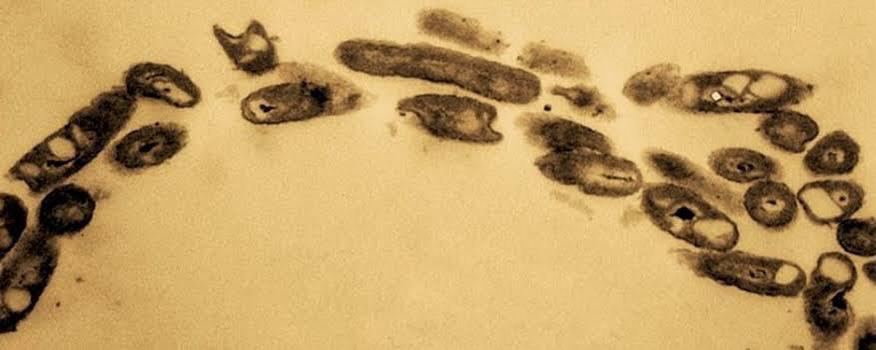Free Courses Sale ends Soon, Get It Now


Free Courses Sale ends Soon, Get It Now



Context
The role of a specific type of bacteria called Alcanivorax borkumensis (Alca) in enhancing the biodegradation of oil.
Details
Oil-Degrading Bacteria - Alcanivorax borkumensis
Bloom During Oil Spills
Role of Biofilm Formation
Microfluidic Device for Observation
Shift in Biofilm Morphology
Dendritic Biofilms and Consumption Optimization
Multi-Species Microbial Community
Broader Implications and Future Directions
|
PRACTICE QUESTION Q) Explain the mechanism of dendritic biofilm formation and its role in optimizing oil consumption by Alca. Evaluate the broader implications of this research for environmental management and the sustainable mitigation of oil spills. (250 words) |
https://www.eurekalert.org/news-releases/998434
© 2024 iasgyan. All right reserved